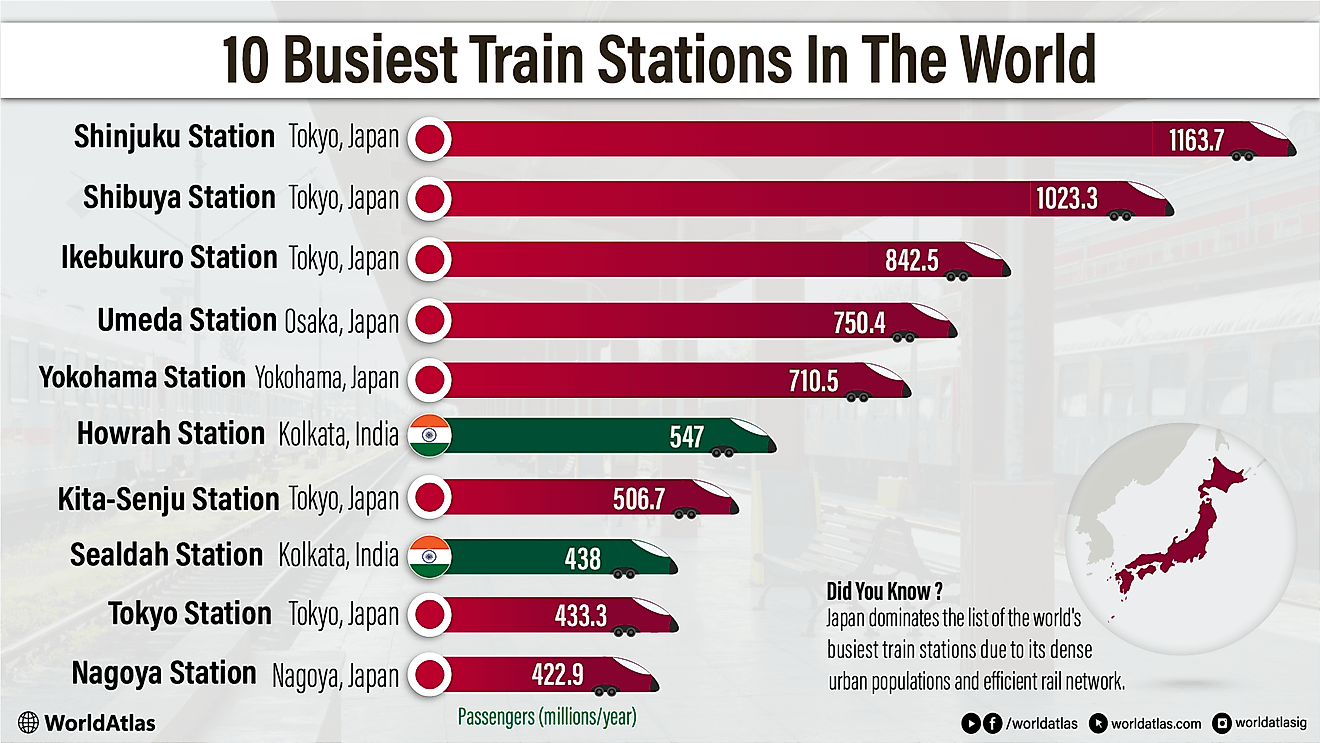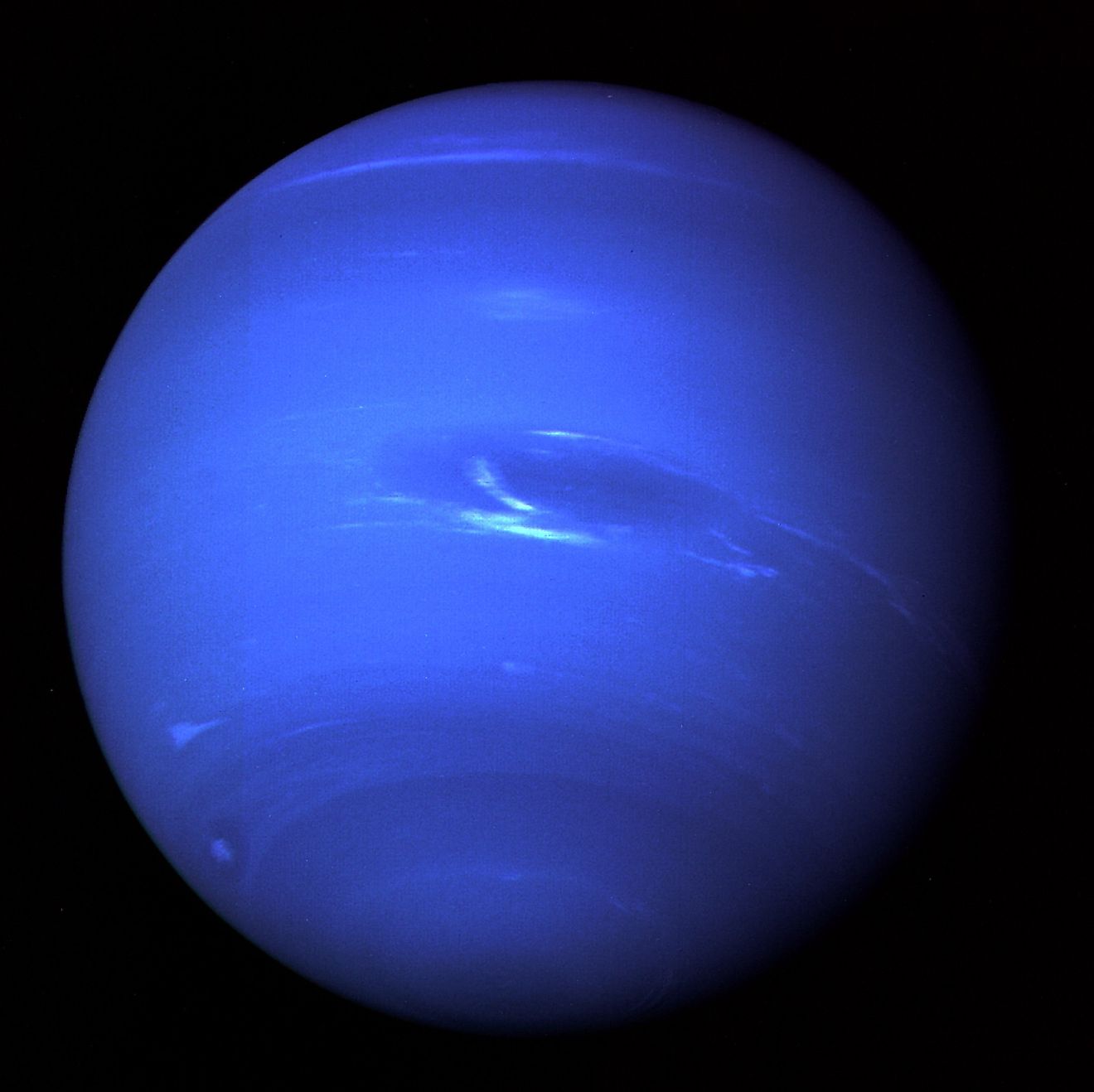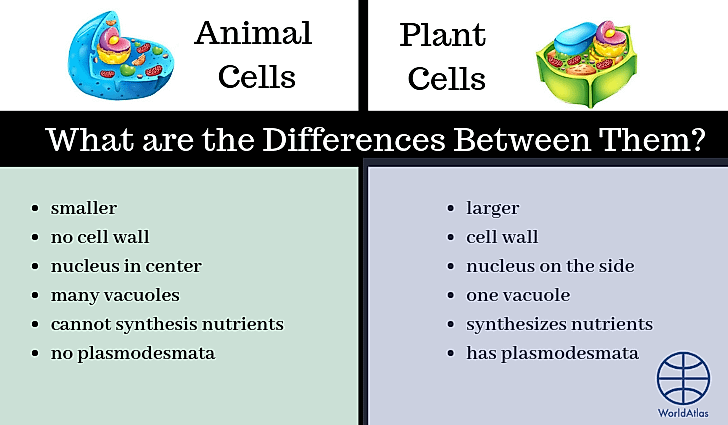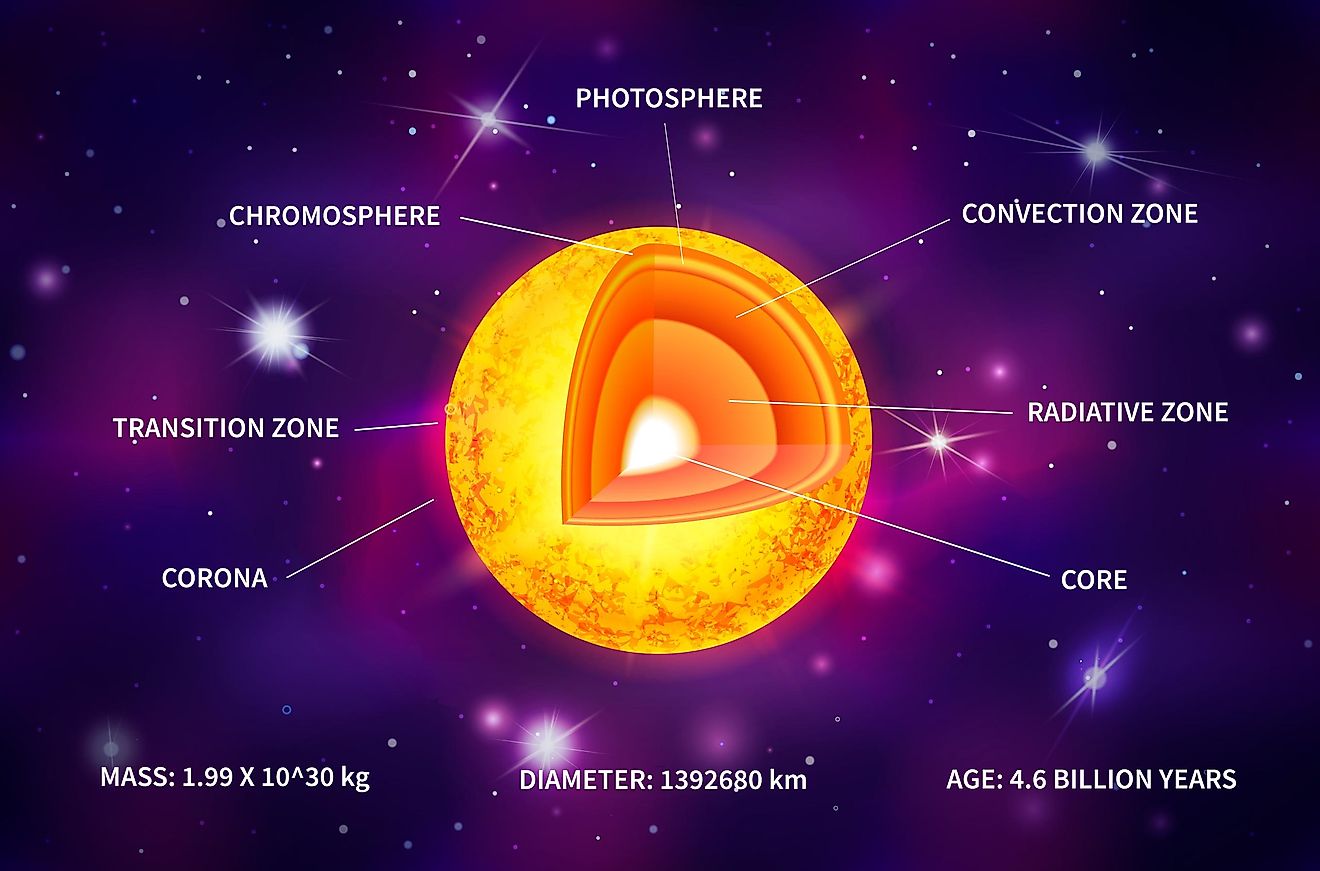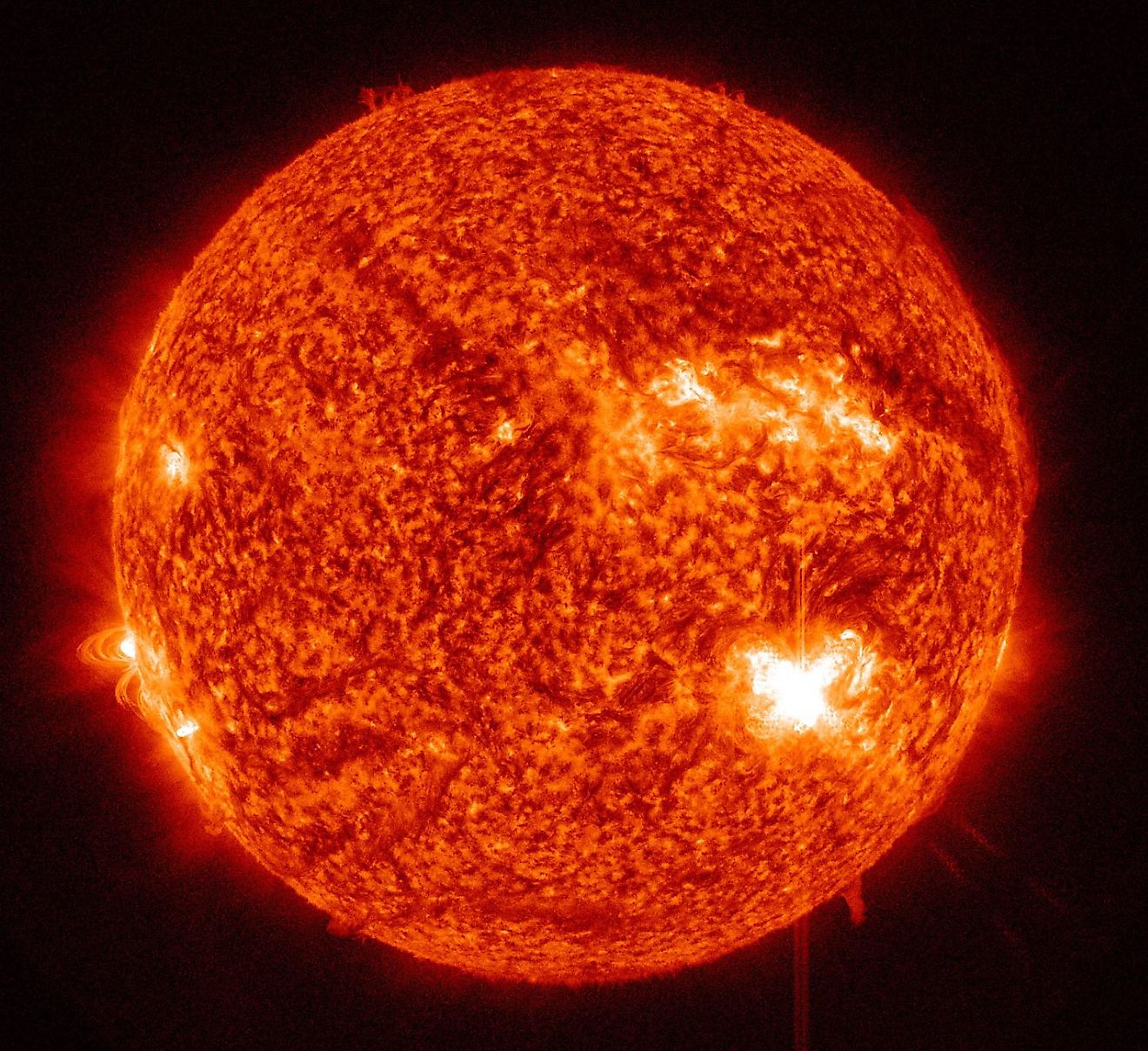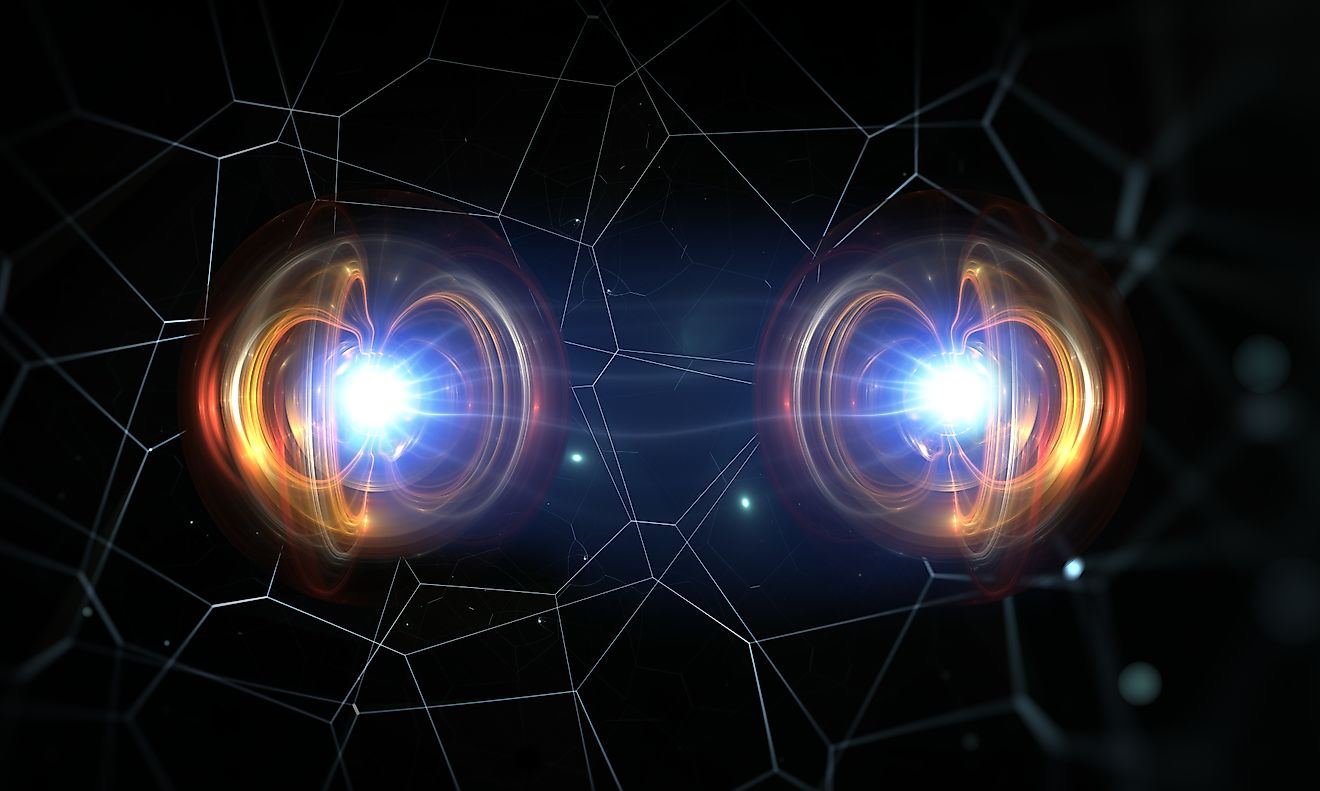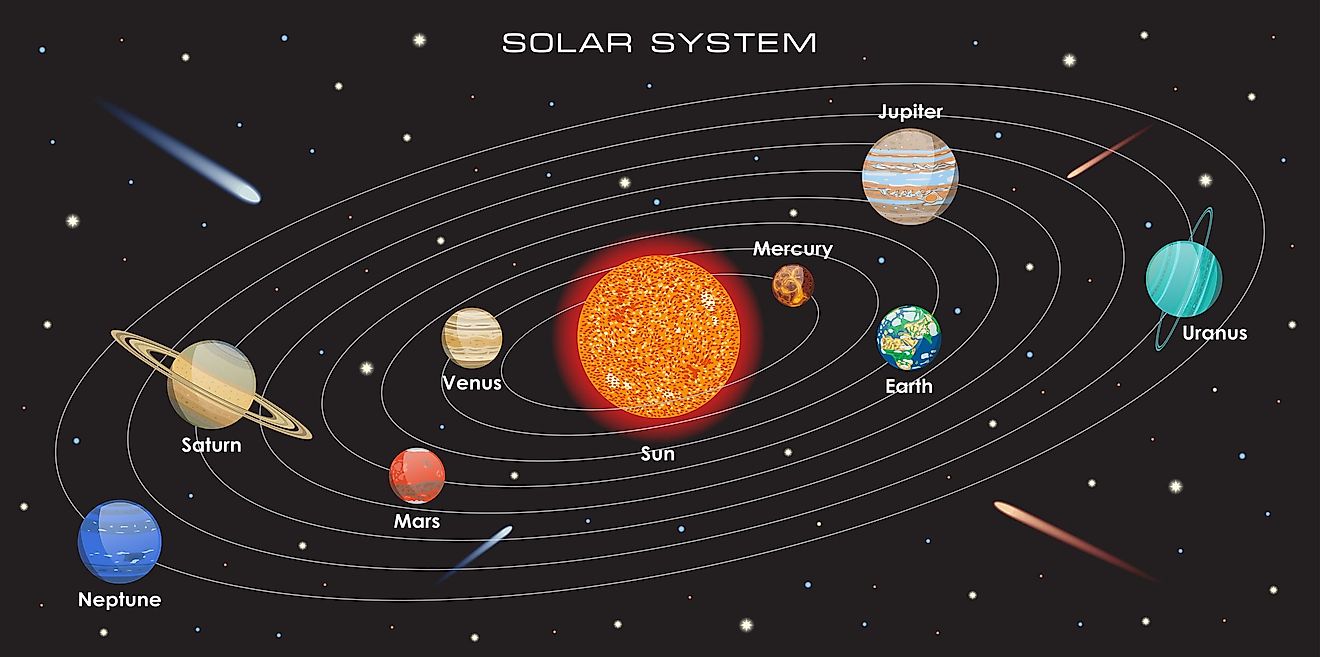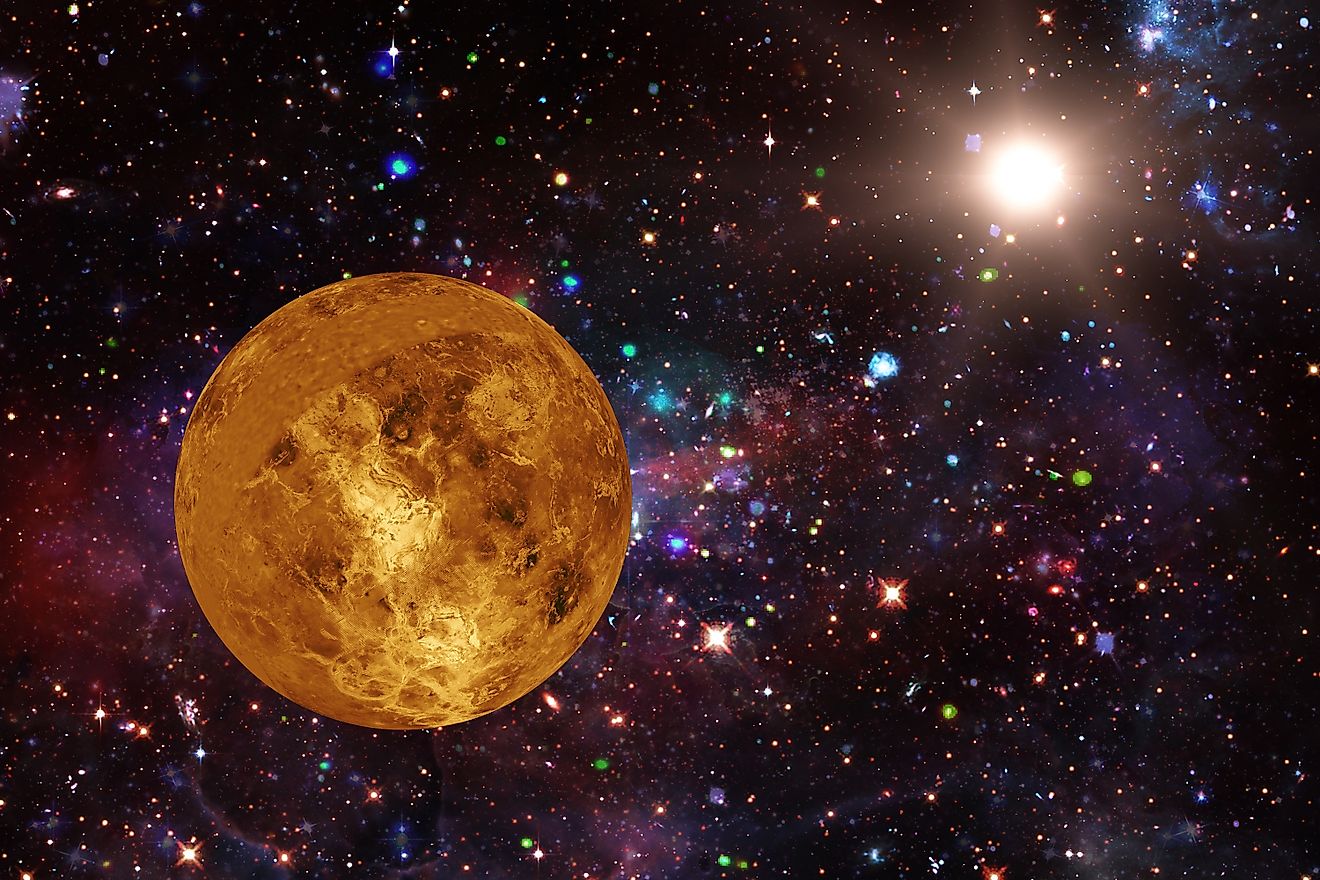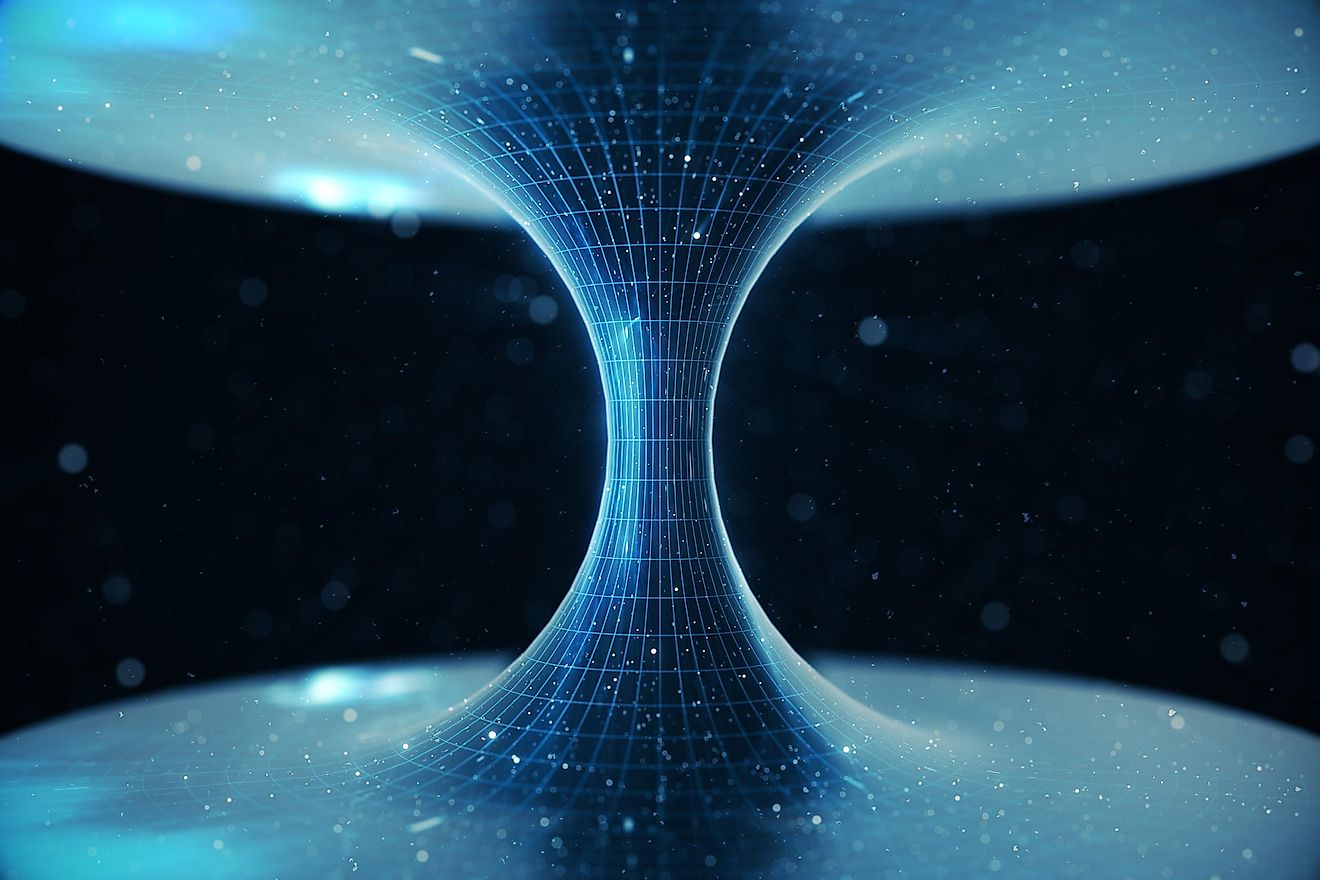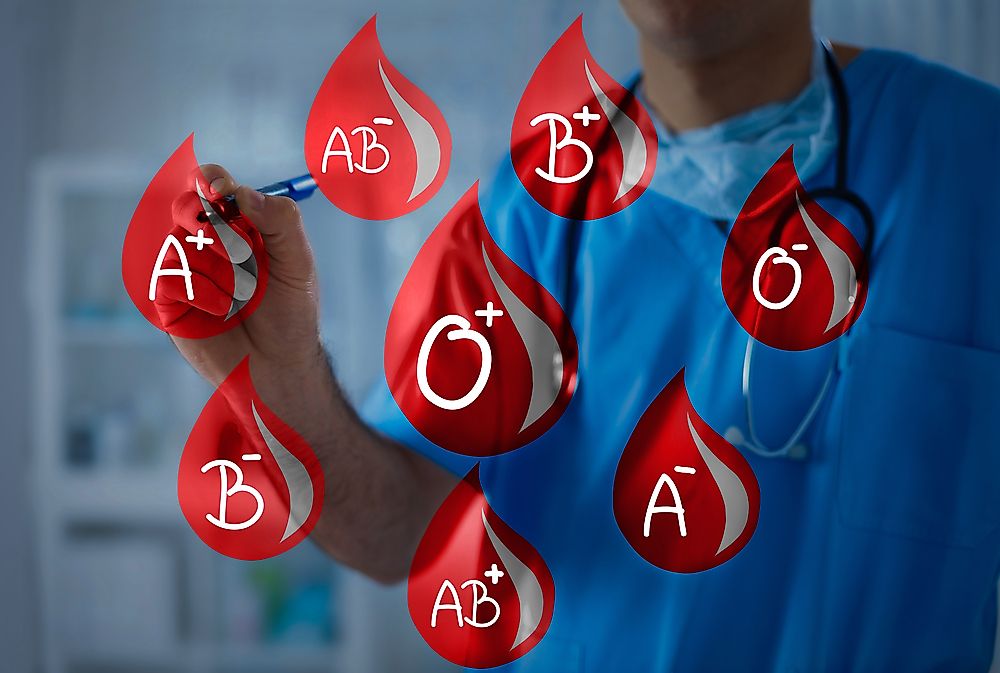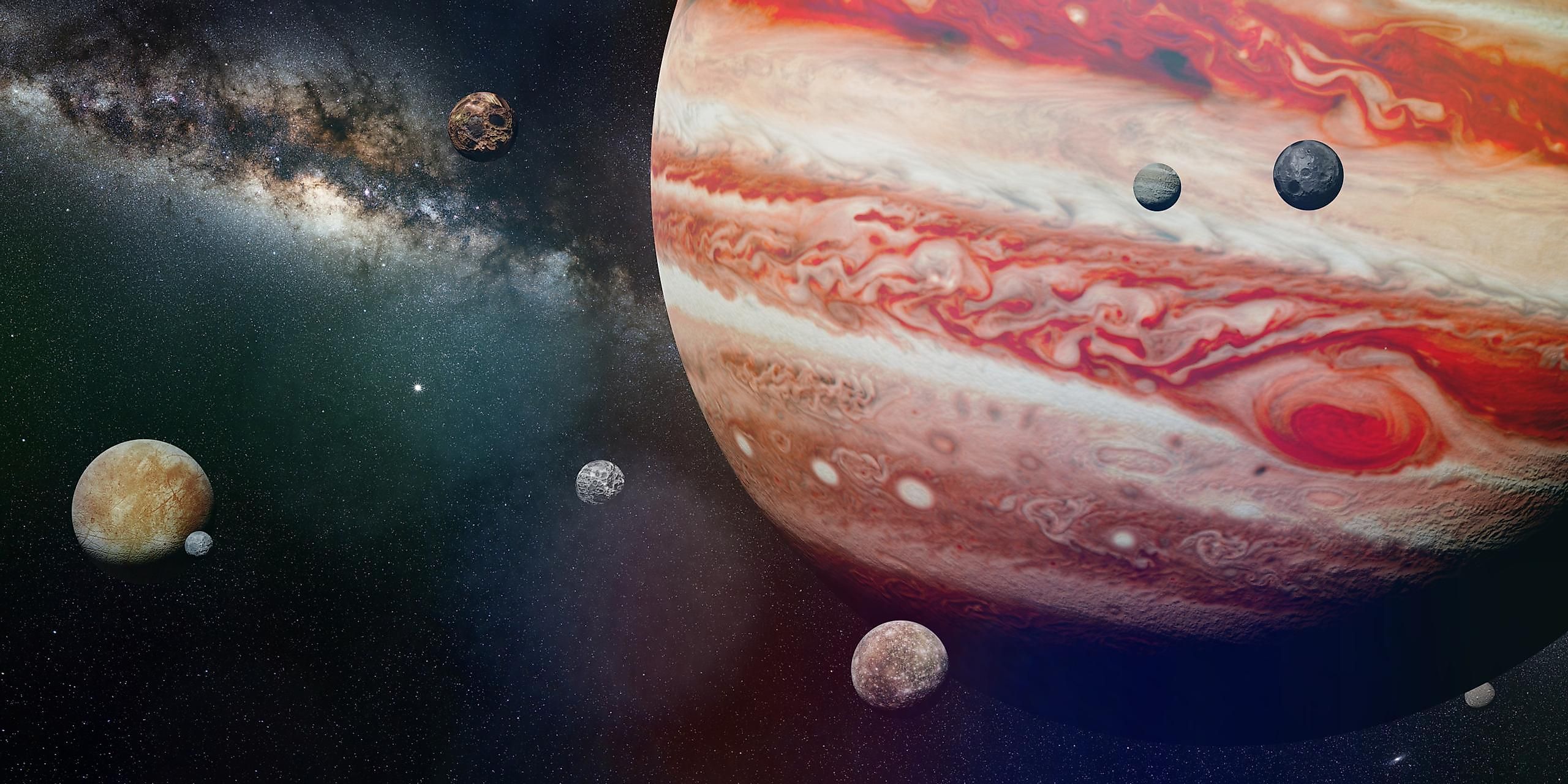
Why Don’t Mercury And Venus Have Moons?
Among the terrestrial planets, Mercury and Venus stand out for their lack of natural satellites. This absence provides a laboratory for testing orbital dynamics, especially the role of a planet’s Hill sphere, tidal forces, and collisional history. Mercury’s small mass creates a modest gravitational well, and its close proximity to the Sun shrinks its Hill radius so that any primordial moon was likely stripped by solar tides. Venus, despite Earth-like mass, probably formed a satellite after a giant impact; later retrograde spin and solar perturbations drove tidal decay, ending in re-accretion. These mechanisms illuminate satellite formation limits across planetary systems.
Why Doesn’t Mercury Have Any Moons?
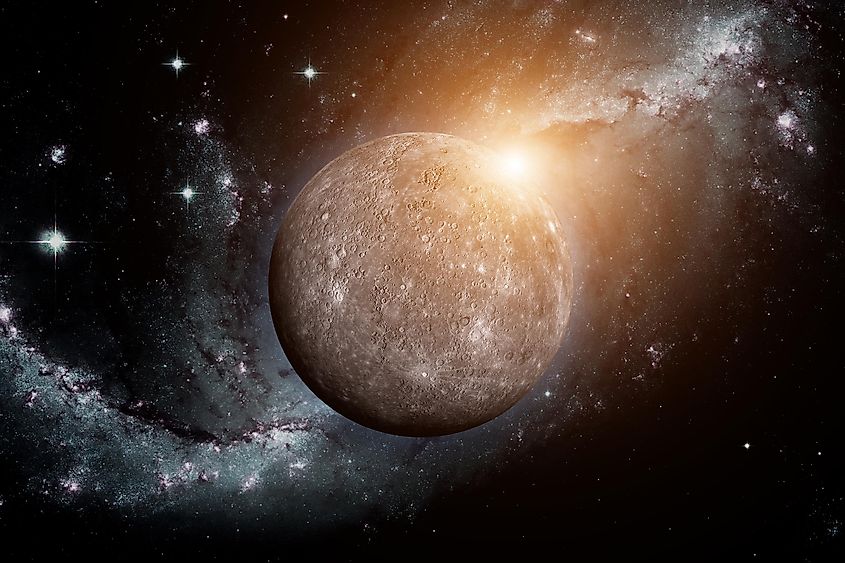
The reasons behind Mercury’s lack of a moon system are more straightforward than those of Venus. Mercury is the smallest planet in the solar system in terms of size and mass. Due to its small size, Mercury does not exert a strong gravitational field, making it difficult for the planet to retain anything in orbit. Additionally, Mercury’s proximity to the Sun complicates the ability of any moons to maintain their orbits. The Sun's gravitational pull is too strong, and any moons that may have formed around Mercury would quickly be drawn away by the Sun’s gravity. Considering Mercury’s mass and its distance from the Sun, it makes sense that it has no moons. Is it possible that a moon or moons attempted to form around Mercury, but they didn't last long?
Why Doesn’t Venus Have Any Moons?
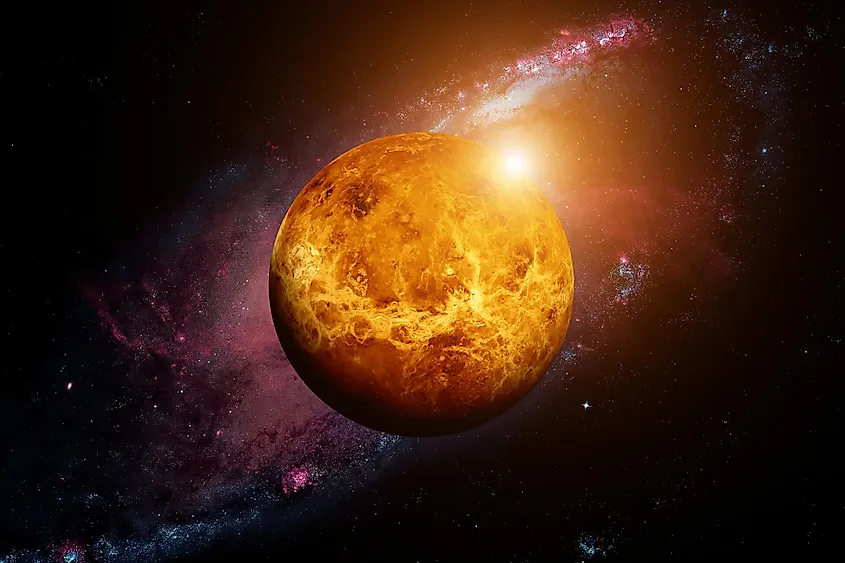
Venus is more complex than Mercury because it is significantly larger. With 80% of Earth's mass, Venus’ gravitational field is certainly strong enough to retain any moons. However, its proximity to the Sun makes it challenging for moons to maintain their orbits due to the Sun's gravitational pull. Despite this, it remains possible for Venus to capture one or more moons. In fact, it is widely accepted that Venus once had a moon in its history. Shortly after the planets formed, they experienced a period of heavy bombardment. Although our solar system consists of eight planets today, there were likely hundreds shortly after the Sun’s formation. Collisions between planets were common. In some instances, these collisions would have destroyed the colliding worlds. However, under fortunate circumstances, debris from a collision could be ejected into orbit and eventually coalesce to form a moon. Scientists believe this is how Earth’s moon formed billions of years ago.
Like Earth, Venus experienced some catastrophic collisions with other planets. Scientists believe that Venus underwent two planetary collisions. The first collision led to the formation of a moon orbiting Venus. The second planet collided with Venus in the opposite direction of its rotation, causing Venus to begin rotating the other way. While it may not seem significant that Venus started turning in the opposite direction, this rotation had a profound impact on its moon. In its original orientation, Venus gradually transferred some of its rotational energy to its moon, causing it to slowly drift further away. This same process occurs with Earth’s moon, as the Earth’s rotation gradually slows, allowing the moon to move farther away. However, if a planet rotates in the opposite direction of its moon’s orbit, it no longer transfers energy to its moon. Instead, the planet absorbs the orbital energy of its moon, gradually causing the moon to fall toward the planet. Once the moon gets close enough, the planet's gravitational pull tears it apart, and the debris comes crashing down. Scientists believe this is what occurred with Venus many billions of years ago, and it’s the reason why Venus has no moons today.
Updated: 6/10/2025
